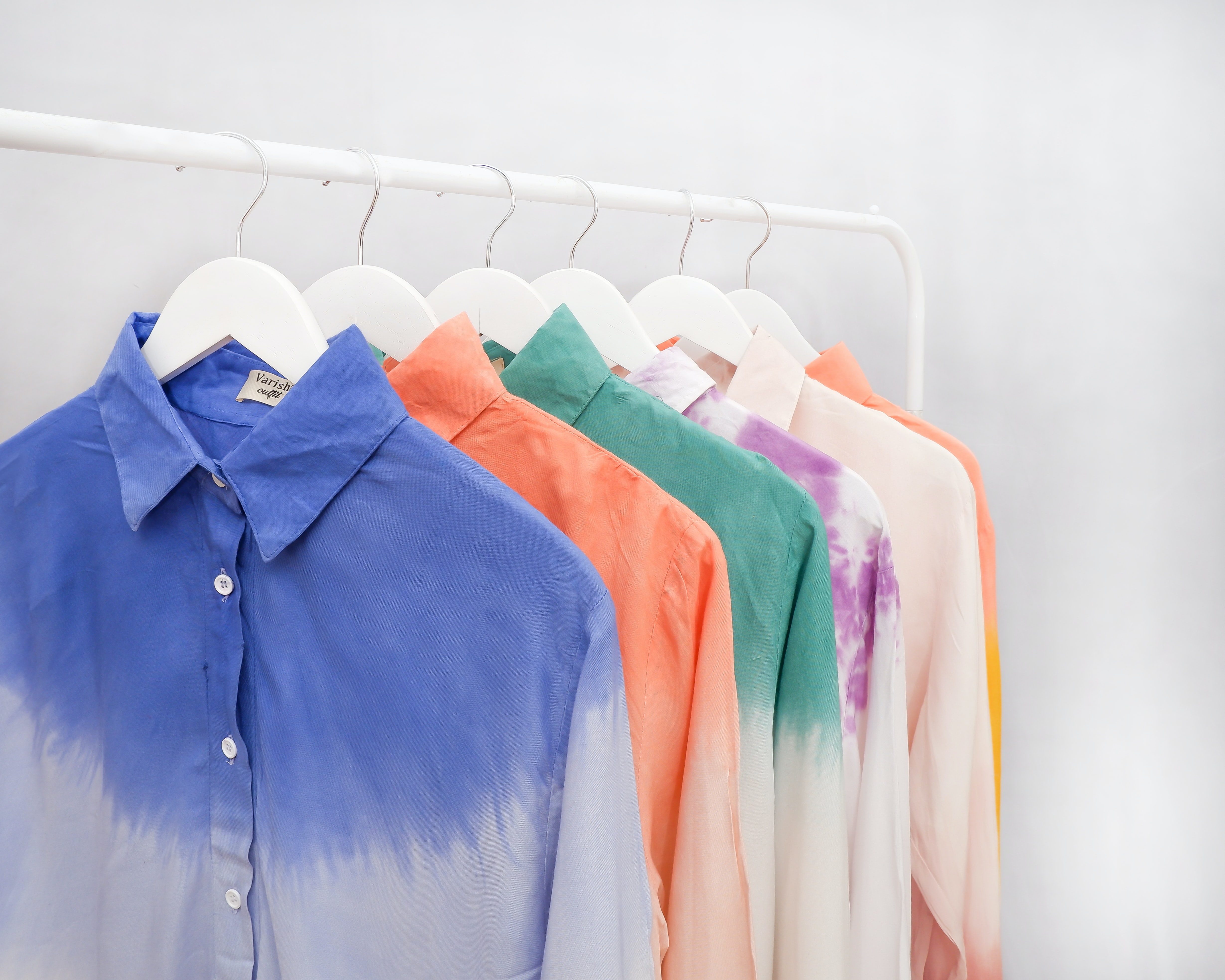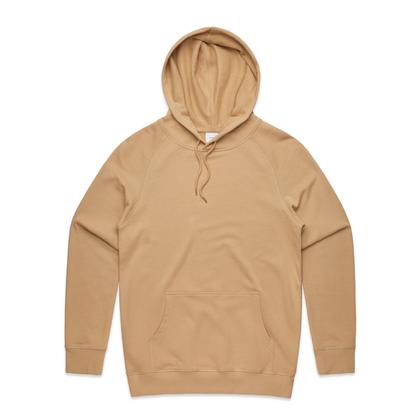Branded corporate uniforms are often an essential part of building the brand and identity of your business. They’re worn by your employees and seen by customers daily, so your uniforms must send out the right message.
Employee uniforms are also crucial for helping your employees stand out from other companies. In addition, it also creates a strong team identity and a sense of cohesion between employees. In this sense, they can help employees take a sense of pride in being part of your company.
Because of this, it’s essential to put a lot of thought into branded corporate uniforms – you can’t just put your logo on any old shirt and hope for the best! There are many things to consider when choosing branded corporate uniforms to make sure you get the right one for both your business and your team.
Luckily, we’ve created this handy buying guide covering the benefits of branded uniforms, what you should consider when buying them, and more information you’ll find invaluable when choosing uniforms.
Why Use Branded Uniforms?

Branded corporate uniforms have several benefits for businesses and other organisations. For starters, they’re an excellent tool for building your brand. Branded uniforms can help develop a distinct visual brand identity, by using signature colour schemes and showing off your name and logo.
Uniforms are also helpful for your employees. A 2018 report conducted by YouGov Galaxy found that workers across Australia like to wear a uniform at work for many reasons:
- 70% like not having to think of what to wear to work
- 62% like not having to buy other work clothes
- 56% like having something practical to wear for their job
- 51% like that it means customers can recognise them easily
The same report also found that 93% of customers believe it reflects strongly on a brand if staff wear smart uniforms. As such, they’re a great way to help build your reputation among customers!
Branded corporate uniforms also benefit from acting as an advertisement for your business. According to a study by Ashwini K Poojary, about three-quarters of people think that uniforms act as a better advertisement than a billboard sign, radio ad, or TV commercial.
Uniforms are also seen as a better advertisement than newspaper ads by about 7 in 10 people, and just over half of people think they’re better than website ads.
Finally, uniforms can be a great way to influence how customers feel about your company as a whole. Research shows that the shared identity given by a branded corporate uniform can allow the actions of one employee to reflect on their uniformed colleagues. So, if one employee delivers good customer service, the customer will have a better opinion of the rest of their team.
What Do You Need To Consider When Buying Branded Corporate Uniforms?
Choosing the right uniform is an important step, so it’s crucial to get it right. Use this guide to help you get the best uniform for your team through the decision-making process!
What Types Of Garments Are Practical For Your Employees?
Branded corporate uniforms can include many different garments – t-shirts, sweatshirts, coats, protective workwear, and more. Deciding which clothing types are most practical for your team is an essential first step when designing your uniforms.
First and foremost, consider what garments best suit your team’s needs. Your employees are the ones who will be wearing the uniform each day, so make sure you consider what will be practical for them. It’s often a good idea to get direct input from your team when thinking about garment types.
Your uniform needs to be practical, comfortable, and safe for your employees. Ask yourself some critical questions about what this means for your employees:
- What sort of work does your team do – manual work or office work?
- Do they work indoors or outdoors?
- Do they need any safety equipment like hi-vis vests or helmets?
- Will they need multiple layers to work in different temperatures?
- Will your employees need different uniforms for summer and winter?
The more practical the uniform is for each day’s work, the happier your employees are. Consider getting different uniforms for different teams if there are varying needs across different groups of employees.
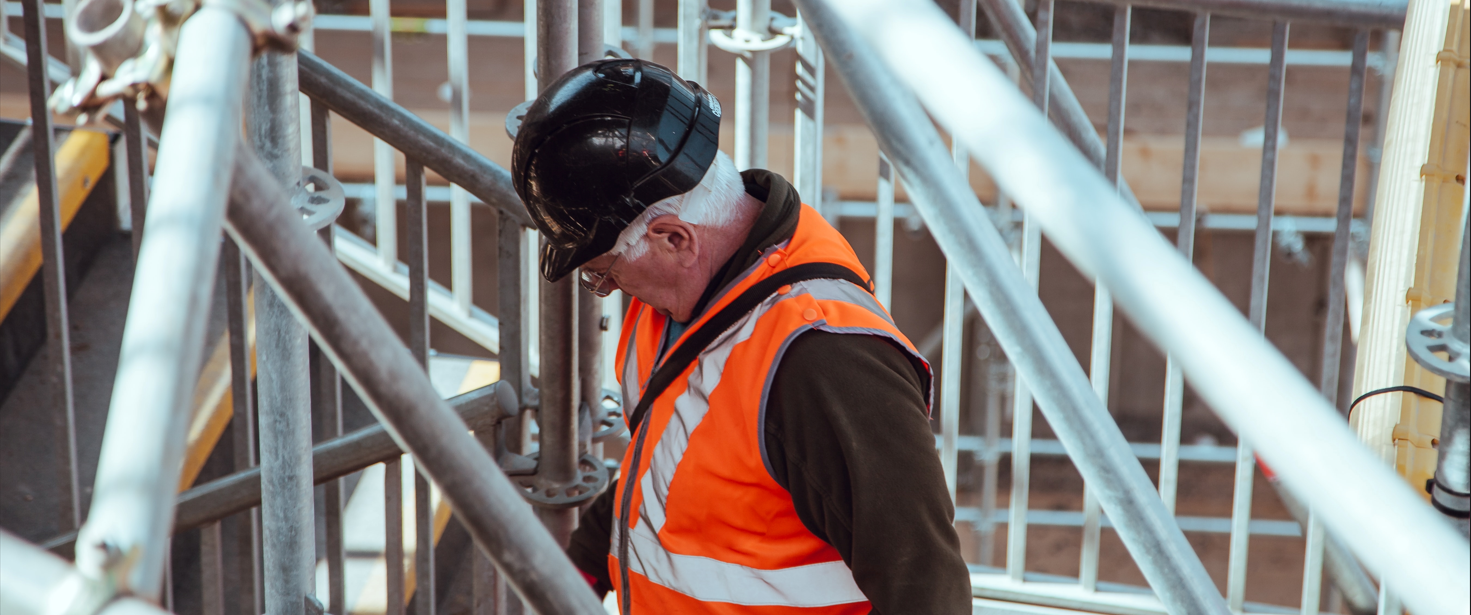
What Colour Will Your Branded Corporate Uniform Be?
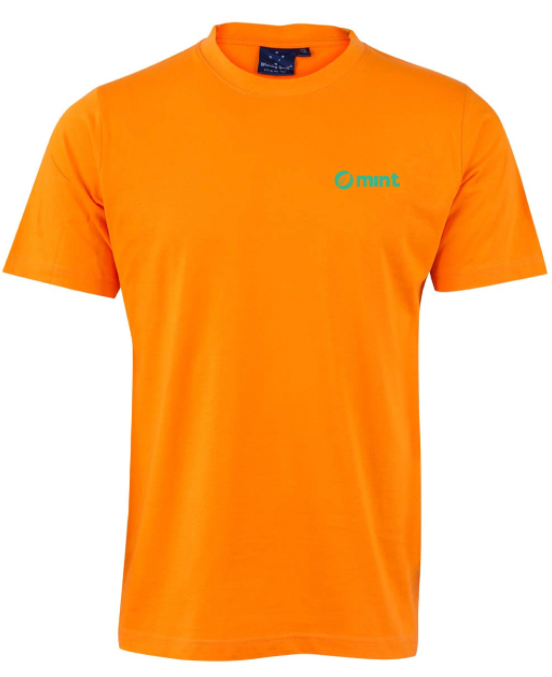 It’s likely that you already have colour combinations or colour schemes associated with your branding – if so, this can be a great starting point to work out your uniform’s colour. However, remember that the colour also needs to suit the working environment.
It’s likely that you already have colour combinations or colour schemes associated with your branding – if so, this can be a great starting point to work out your uniform’s colour. However, remember that the colour also needs to suit the working environment.
Colourful uniforms could work well in retail to help customers pick out store assistants to help and advise them. However, darker shades may look smarter and more sophisticated for more serious or formal environments such as a bank.
It would be best to think about different colour associations when choosing your uniform’s colour. For example, blue and green can seem calming and gentle, while red or yellow can seem exciting or energetic.
Finally, consider using different colours to mark out senior staff. Using a different colour for a supervisor or manager makes them easily identifiable when junior staff need their attention or assistance.
Where Will You Place Your Company Logo?
Your logo and company name will be a significant part of your branded corporate uniform, so you need to make sure you place it effectively. If you need customers to identify your employees from a distance quickly, it may be helpful to put a large logo on the back of the uniform.
For employees who will spend most of their time face-to-face with customers, however, a smaller logo on the front of the uniform may work better. Other placement options include sleeves, pockets, or on trouser legs.
The colour of your company logo is also important. Make sure you pick a colour that works well with the base colour of the uniform – you need to make sure it stands out enough to be noticeable.
Finally, think about how your logo will be applied to the design. Will it be printed digitally? Or would it look better to use embroidery for your logo? Different printing methods will have different effects, so choose one that suits your style!
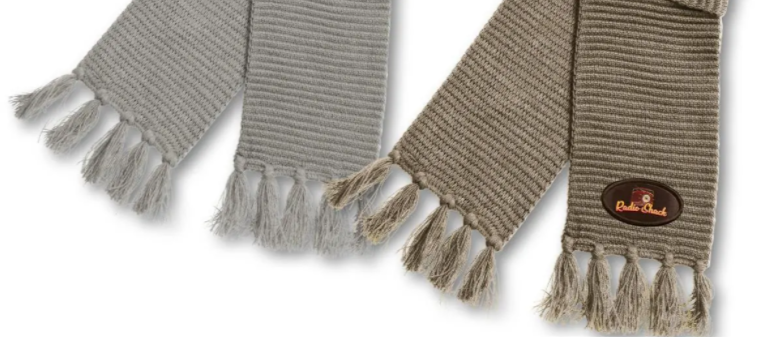
What Fabric Will You Use For Your Uniforms?
The fabric you use for branded corporate clothing is also an important choice. Your choice of material should come down to practicality first and foremost. However, it would help if you also thought about the appearance of different fabrics and how they will affect each uniform’s cost.
Another factor to account for is health and safety regulations. Depending on your employee’s work, the garment might need to meet certain levels of durability, warmth, breathability, and more.
Some of the uses, advantages, and disadvantages of the most common uniform fabrics are as follows:
| Fabric | Used for… | Pros | Cons |
| Cotton | T-shirts, polo shirts, sweatshirts, hoodies, vests, jackets, hats | Comfortable, breathable, low maintenance, easy to add designs to with printing or embroidery, machine washable | Dries slowly, prone to shrinking in the wash; requires a lot of water to produce so may not be very sustainable |
| Polyester | T-shirts, polos, sweatshirts, jackets, pants, shorts, hats, activewear | Flexible, dries quickly, wrinkle resistant, durable, comfortable, machine washable, cheap, colourfast | Sticks to sweaty skin and sensitive to heat so not suited to hot working environments, not very breathable, usually not very sustainable or biodegradable |
| Wool | Sweatshirts, hoodies, jackets, socks, hats | Warm and good insulation, wrinkle-resistant, odour resistant, biodegradable, natural, durable | Prone to shrinking, can feel scratchy on skin, may need special care when washing including dry cleaning |
| Fleece | Sweatshirts, hoodies, vests, jackets | Comfortable, breathable, water repellent, warm and insulating | Can be hard to clean, may retain odours, pilling can be an issue, may be seen as unethical by some |
| Leather | Jackets, workwear, boots | Tough, durable, stylish, practical | Not very breathable, expensive |
| Linen | T-shirts, polos, hats, button-down shirts | Breathable, comfortable, durable, low maintenance, machine washable | Wrinkles easily, may shrink in the wash, poor elasticity |
| Nylon | Waterproof jackets, sweatshirts, hoodies, hats, workwear | Waterproof, wind resistant, UV protective, durable | Not very breathable, can be hard to clean properly |
Quantities, Budgets & Stock Management
Once you have a firm idea of what your uniforms will look like, you need to think about how many you need and whether your design fits your budget at that scale. Your first step should be to survey your employees to determine how many uniforms you’ll need in different sizes. Moreover, you’ll need to measure how many men’s, ladies, and unisex uniforms you need.
It would help if you also thought about your future needs and the initial order. Over time you’ll need to order more uniform items to replace lost or damaged uniforms.
Plus, you’ll need to provide uniforms for new employees when they start. You can keep some spare uniforms in stock for these new arrivals, but you’ll eventually need to order more uniforms as your workforce expands.
If possible, it may be helpful for your employees if you order multiple uniform sets for each person. This means that if they need to wash their uniform regularly they can rely on always having a clean one. However, this can increase costs significantly – so you could make this optional for employees who want it and ask them to contribute to the cost of extras themselves.
Be sure to give yourself plenty of time to work out the right quantities for your uniform order. Manufacturers may charge more for short-notice orders, so it’s best to know what you need well in advance!
Finally, think about how you’ll manage your stock of uniforms. If you have multiple locations around the country, will you distribute the uniforms yourself or have them shipped separately to each location? Where will you store your spare stock? How will you keep track of uniform stock levels? How will you decide when to order new uniforms?
These are all critical questions to answer, so make sure you have a robust stock management system in place for your uniforms!
Conclusion
Branded corporate uniforms form a core part of your brand’s identity, so you must get the right ones for your business. By following this guide, you should start your uniform-buying journey with confidence.
All you need to do now is find a reliable supplier with a vast range of corporate uniform products – so why not look at Good Things’ uniform catalogue?
Our branded corporate uniforms come in all manner of styles, colours, sizes, fabrics, and more, all at highly competitive prices and available to order across Australia!
 Australian-Owned
Australian-Owned
